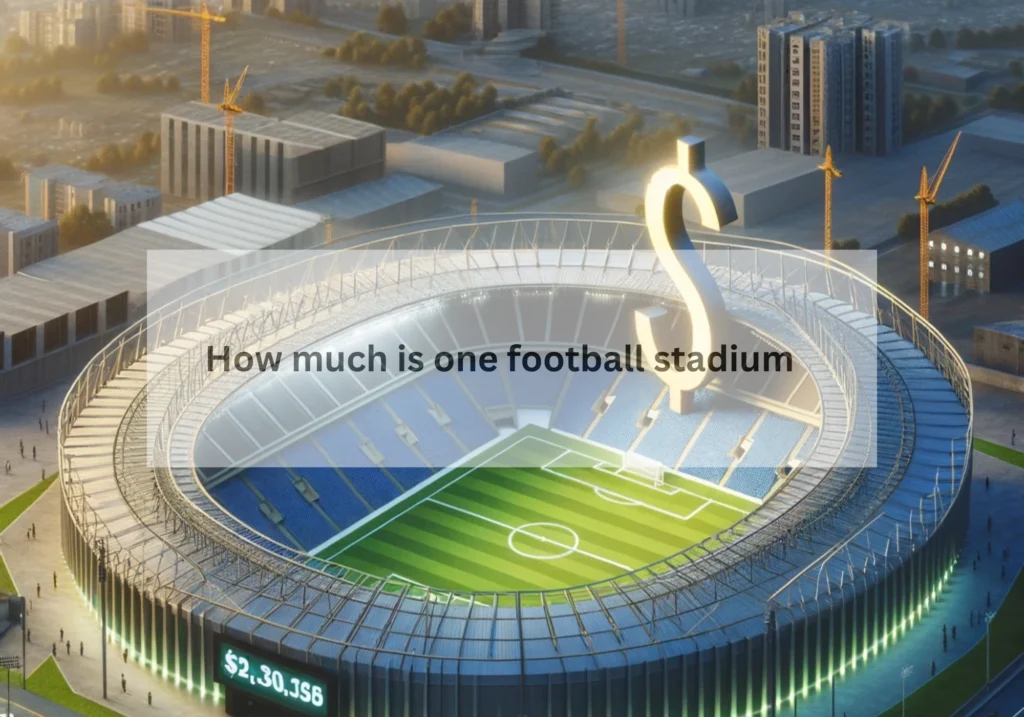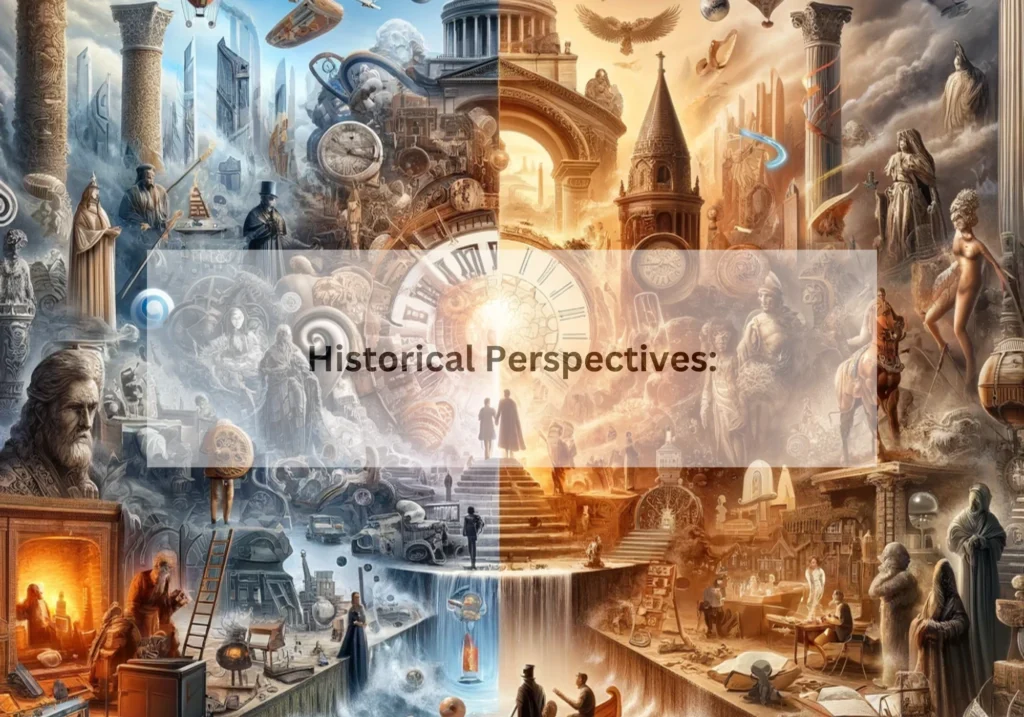
In the grand tapestry of football stadium construction, the financial intricacies form a captivating symphony of expenses. Let’s delve into the monetary anatomy, where each note resonates with the commitment to excellence. The playing field, meticulously curated, is more than mere grass—it’s a stage demanding cutting-edge turf technology. The investment in this expanse goes beyond aesthetics, catering to optimal player performance and safety. Seating capacity, often reduced to numbers, becomes a realm of ergonomic designs and luxury nuances. Every seat is a calculated choice, blending comfort with aesthetics to enhance the spectator experience. State-of-the-art technology integration constitutes a significant fraction of the budget. Colossal screens and high-tech security measures transform stadiums into modern marvels. The cost of these innovations is not just a number; it’s an investment in elevating overall fan engagement. Architectural intricacies take center stage—a marriage of form and function. The dance between aesthetics and practicality defines the stadium’s visual identity. Construction materials, carefully chosen for durability and aesthetic finesse, become the building blocks of an iconic structure. Internal Link: Interested in the nitty-gritty of stadium costs? Explore our guide on [“How Much Does It Cost To Rent A Stadium“]for a deeper understanding. Feel free to provide further instructions or make any adjustments!
Historical Perspectives:

As we journey through time, the evolution of football stadium costs becomes a captivating narrative. Iconic stadiums, born from ambitious visions, have seen construction expenses skyrocket in tandem with technological progress. Comparing historical constructions with contemporary builds unveils the influence of innovation on costs, mirroring the relentless march of progress.
Factors Influencing Costs:

The economics of football stadiums unfurls across diverse variables. Location, a pivotal player, dances with real estate dynamics, sculpting the financial landscape. Regulatory standards and safety measures impose a financial gravity, shaping the contours of construction expenses. Economic factors, a pendulum swinging between boom and recession, sway costs. Unique features and amenities, be it a retractable roof or gourmet concessions, drive up expenses in the pursuit of unparalleled fan experiences.
Case Studies:

Turning the spotlight onto specific stadiums, we navigate recent constructions and renovations, peeling back the financial layers. Unforeseen challenges, like environmental contingencies or logistical hurdles, cast shadows on initial budgets. Each case study unfolds a financial drama, a saga where dreams meet the reality of budgets, showcasing the capricious nature of stadium development.
The Economic Impact:

Beyond the balance sheets, football stadiums become economic epicenters. Job creation ripples through local communities, providing employment opportunities. The allure of matchdays draws tourists, injecting vitality into local businesses. The long-term economic benefits ripple outward, transforming a mere structure into a catalyst for community prosperity. Yet, the challenge remains: balancing the financial burden of construction against the promise of economic gains.
Conclusion:
This exploration into the financial intricacies of football stadiums underscores their dynamic nature. From historical marvels to contemporary feats, each stadium encapsulates a unique financial tale. As spectators, let us not only revel in the game but also appreciate the intricate financial choreography that brings these iconic structures to life.

Cycling training tips and camps with Joel Chavez, Pan-American Gold Medalist has been writing about savings and finance since 2016 and analyzes thousands of products to find you the best deal. He will help you save money while you shop. They cover huge products including home, garden, car, business, tech, and many more for making the best financial decision.
